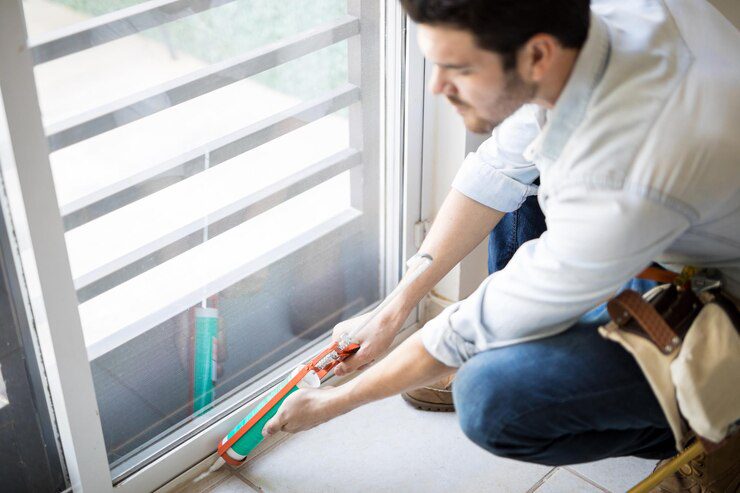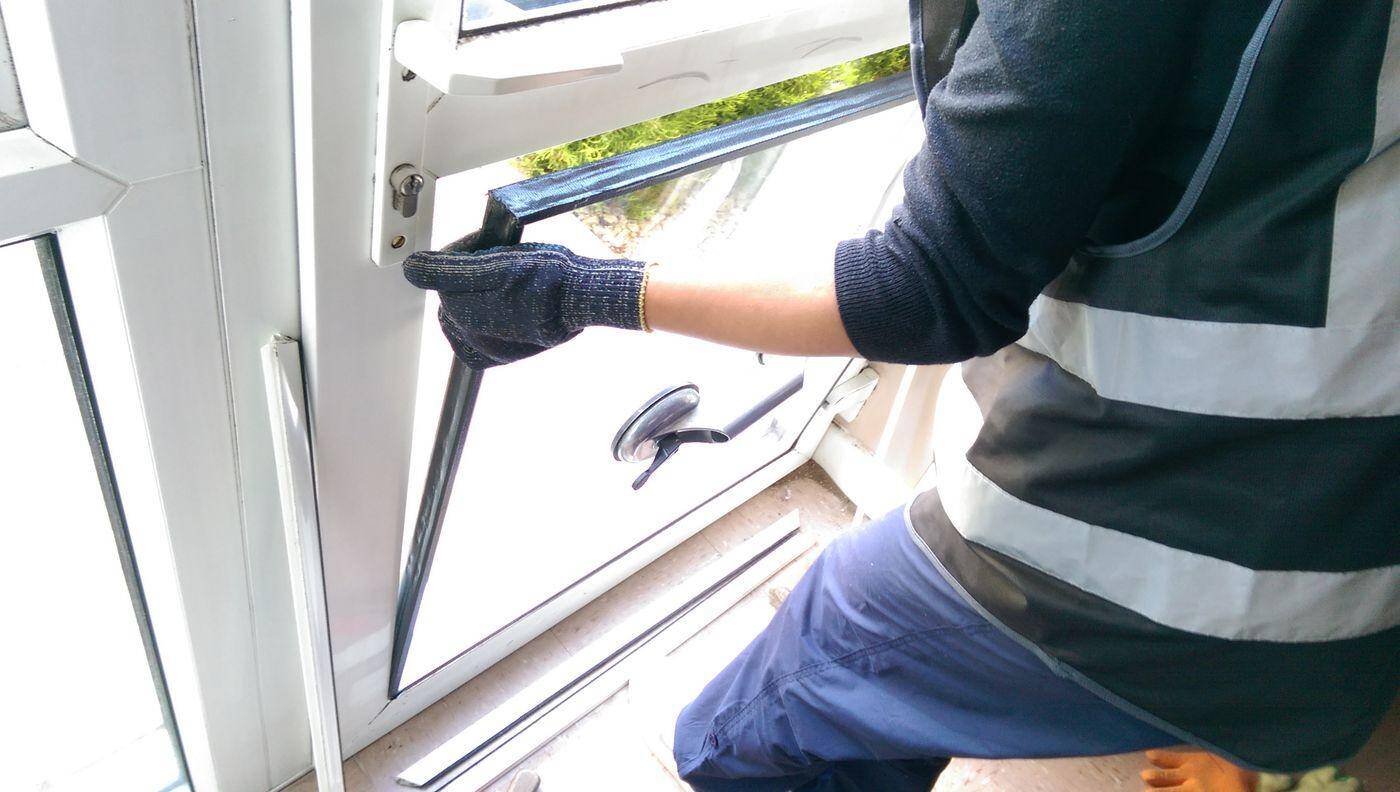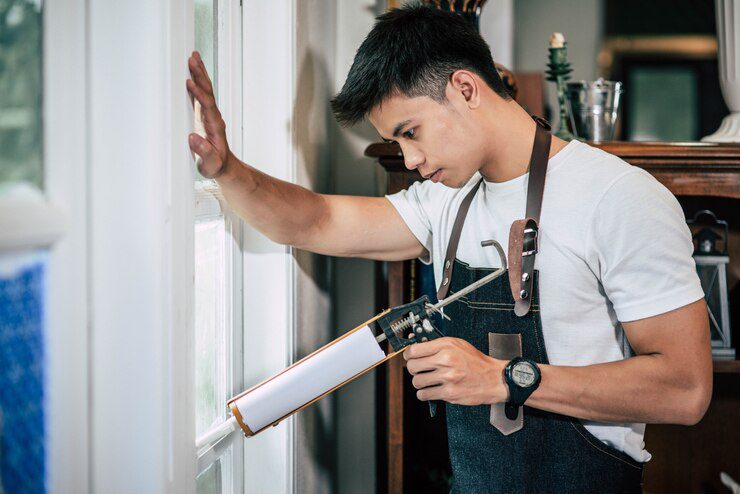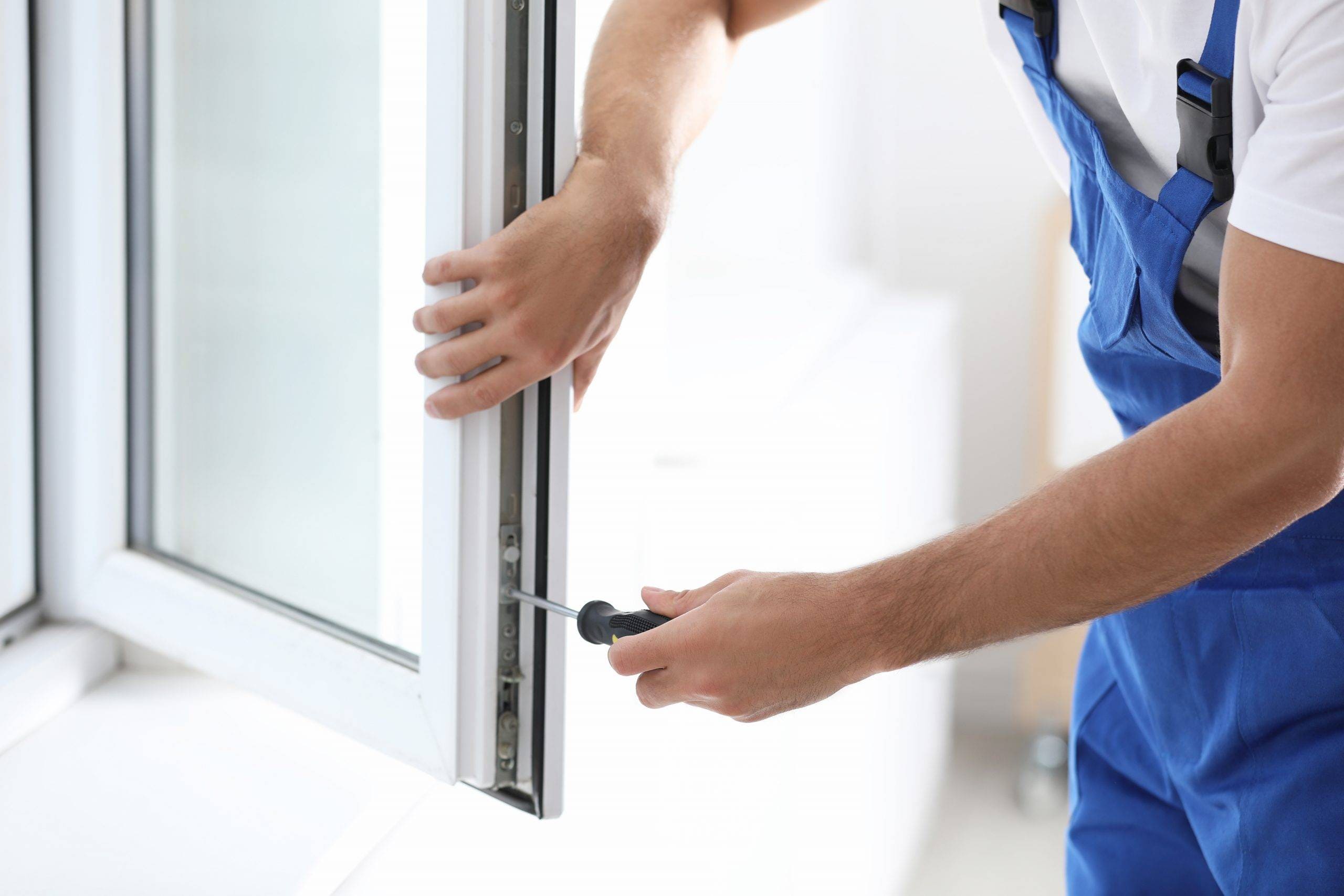>700 reviews

Windows do more than just let in light—they help define your home’s comfort, energy efficiency, and overall vibe. But what happens when they start acting up? Do you fix them or swap them out entirely? Deciding between repair and replacement can feel like a big decision, but don’t worry—we’re breaking it all down for you.
Windows might not talk, but they sure have their ways of showing when something’s wrong. Small issues like a sticky frame or a cold draft could be a sign of a bigger problem lurking beneath the surface.
Here’s what to look for:
If you’re experiencing these issues in Columbus, consider window restoration Columbus Ohio to fix your windows without the need for full replacement.

Drafty windows are like having a hole in your wallet—you’re letting money fly out with every cold gust. If you notice certain rooms feeling colder than others or hear a faint whistling noise on a windy day, your windows might be the culprit.
Why does this matter?
Quick fixes like weatherstripping or caulking can sometimes seal small gaps. But if drafts persist, it may be time to think about replacing old or inefficient windows with energy-saving models.
Foggy windows might look cozy in the movies, but in real life, they’re a nuisance. When condensation appears between double- or triple-pane windows, it’s often a sign that the seal has failed, letting moisture in and ruining the insulation.
What’s the big deal?
In this case, you may need vinyl windows Columbus Ohio, especially if you’re upgrading from older, less efficient windows to modern, energy-saving models.
Cracks, chips, or worn-down frames aren’t just an eyesore—they signal your windows aren’t functioning at their best. Damaged windows can let in moisture, weaken insulation, and even pose safety risks.
Common types of damage include:
If the damage is minor, repairs may work. But if the frame is beyond saving or the glass is significantly damaged, replacement is usually the better option.

Your windows should act like a protective shield against outside temperatures. When insulation fails, you’ll feel it—and your energy bills will reflect it. Poor insulation can stem from a range of issues, including worn-out materials, broken seals, or outdated designs.
Signs of poor insulation include:
For older windows, replacement with energy-efficient models may be the best long-term solution. For newer windows, repairs might restore their insulating properties.
If opening and closing your windows feels more like a workout than a simple task, you’ve got a problem. Operational issues are often caused by wear and tear on the hardware or warping of the frame.
Common operational problems include:
While small fixes can solve some of these issues, consistent operational problems may point to deeper structural failures, which often require replacement.
Sometimes, a little TLC is all your windows need. Repairs can address minor issues, extend the life of your windows, and save you money compared to a full replacement.
Benefits of timely repairs include:
Repairs are a great option for newer windows or minor problems, but make sure they’re addressing the root cause, not just masking the symptoms.

There comes a point when repairing old windows feels like putting a Band-Aid on a sinking ship. Replacement may cost more upfront, but it often saves money and hassle in the long run.
Reasons to replace your windows include:
Replacement windows improve not just function, but also the value of your home—a win-win!
Today’s windows aren’t just about aesthetics—they’re high-tech marvels designed to maximize comfort and minimize energy loss. Modern materials and designs make a huge difference in performance.
Benefits of modern windows include:
Investing in new windows means better temperature control, lower energy bills, and a more comfortable living space.
As the seasons change, so do the demands on your windows. Cold winters can cause frames to contract, while hot summers can lead to expansion, warping, or seal failures.
How the seasons impact your windows:
Routine maintenance can help your windows withstand seasonal stress, but persistent problems might call for a more permanent fix.

Choosing between repairing and replacing isn’t always straightforward. Avoiding common mistakes can save you from frustration and wasted money.
Mistakes to steer clear of:
Consulting a professional and weighing long-term benefits versus short-term costs can help you make the best choice.
Not sure whether to repair or replace? A few expert tips can make the decision easier:
By taking the time to evaluate your options, you’ll choose the solution that works best for your home and budget.
Contact us now for a free estimate and take the first step toward repairing your windows!
You May Also Be Interested In:
Please leave your contact details.
The manager will contact you shortly.